
This is a list of aviation-related events from 1925.
This is a list of aviation-related events from 1927:
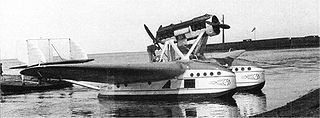
The Savoia-Marchetti S.55 was a double-hulled flying boat produced in Italy, beginning in 1924. Shortly after its introduction, it began setting records for speed, payload, altitude and range.
SIAI-Marchetti was an Italian aircraft manufacturer primarily active during the interwar period.
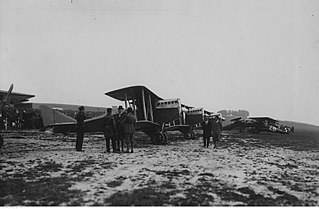
The Ansaldo A.300 was an Italian general-purpose biplane aircraft built by the Ansaldo company of Turin from 1920 to 1929. It also served as a light bomber, transport, fighter and reconnaissance aircraft, and finally as an advanced trainer, with examples in service as late as 1940. 50 examples were also license-built in Poland at ZM E. Plage & T. Laśkiewicz, but were not a success due to poor quality.
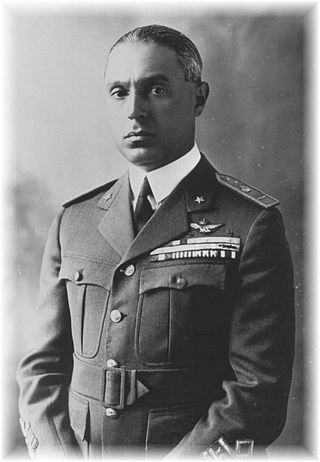
Francesco de Pinedo was a famous Italian aviator. A Regia Marina officer who transferred to the Regia Aeronautica, he was an advocate of the seaplane and is best known for his long-range flying boat flights in the 1920s that demonstrated the feasibility of global air travel.
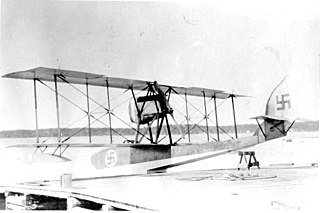
The SIAI Savoia S.9 was an Italian reconnaissance flying boat, manufactured by Societa Idrovolanti Alta Italia (S.I.A.I.) from 1918. The wing structure was unusual by being a single-bay biplane wing, with additional struts mounted mid-bay at the junction of the flying and landing wires, so that it appeared to have a two-bay wing. The S.9 was also licence-built in France by CAMS as the CAMS C.9.

The Savoia-Marchetti SM.75 Marsupiale was an Italian passenger and military transport aircraft of the 1930s and 1940s. It was a low-wing, trimotor monoplane of mixed metal and wood construction with a retractable tailwheel undercarriage. It was the last of a line of transport aeroplanes that Alessandro Marchetti began designing in the early 1930s. The SM.75 was fast, robust, capable of long-range flight and could carry up to 24 passengers for 1,000 miles.

The Fiat CR.1 was an Italian biplane fighter aircraft of the 1920s. Of wood-and-fabric construction, it was designed by Celestino Rosatelli, from whom it gained the 'CR' designation. Its most distinctive feature was that the lower wings were longer than the upper ones.

The SIAI S.8 was an Italian 1910s two-seat reconnaissance flying boat.

The Savoia-Marchetti S.59 was a 1920s Italian reconnaissance/bomber flying boat designed and built by Savoia-Marchetti for the Regia Aeronautica.
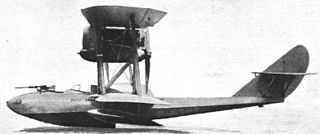
The Savoia-Marchetti S.57 was an Italian single-engine biplane flying boat intended for aerial reconnaissance, built by Savoia-Marchetti for Regia Aeronautica after World War I.

The SIAI S.13 was an Italian biplane reconnaissance flying-boat from 1919.

The SIAI S.52 was an Italian fighter prototype of 1924.

The Marchetti MVT, later renamed SIAI S.50, was an Italian fighter of 1919 and the early 1920s.

The SIAI S.58 or Savoia-Marchetti S.M.58 was an Italian flying boat fighter prototype of the 1920s designed and manufactured by SIAI.

The Macchi M.26 was an Italian flying boat fighter prototype of 1924 designed and manufactured by Macchi.

Carlo Del Prete was a pioneer aviator from Italy.
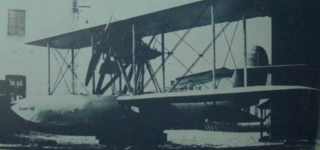
The CANT 13 was an amphibious aircraft designed for use on Regia Marina ships in response to a 1925 competition.
Alessandro Tonini was an important Italian aeronautical engineer and aircraft designer of the early 20th century who worked for Gabardini, Macchi, and IMAM.




















